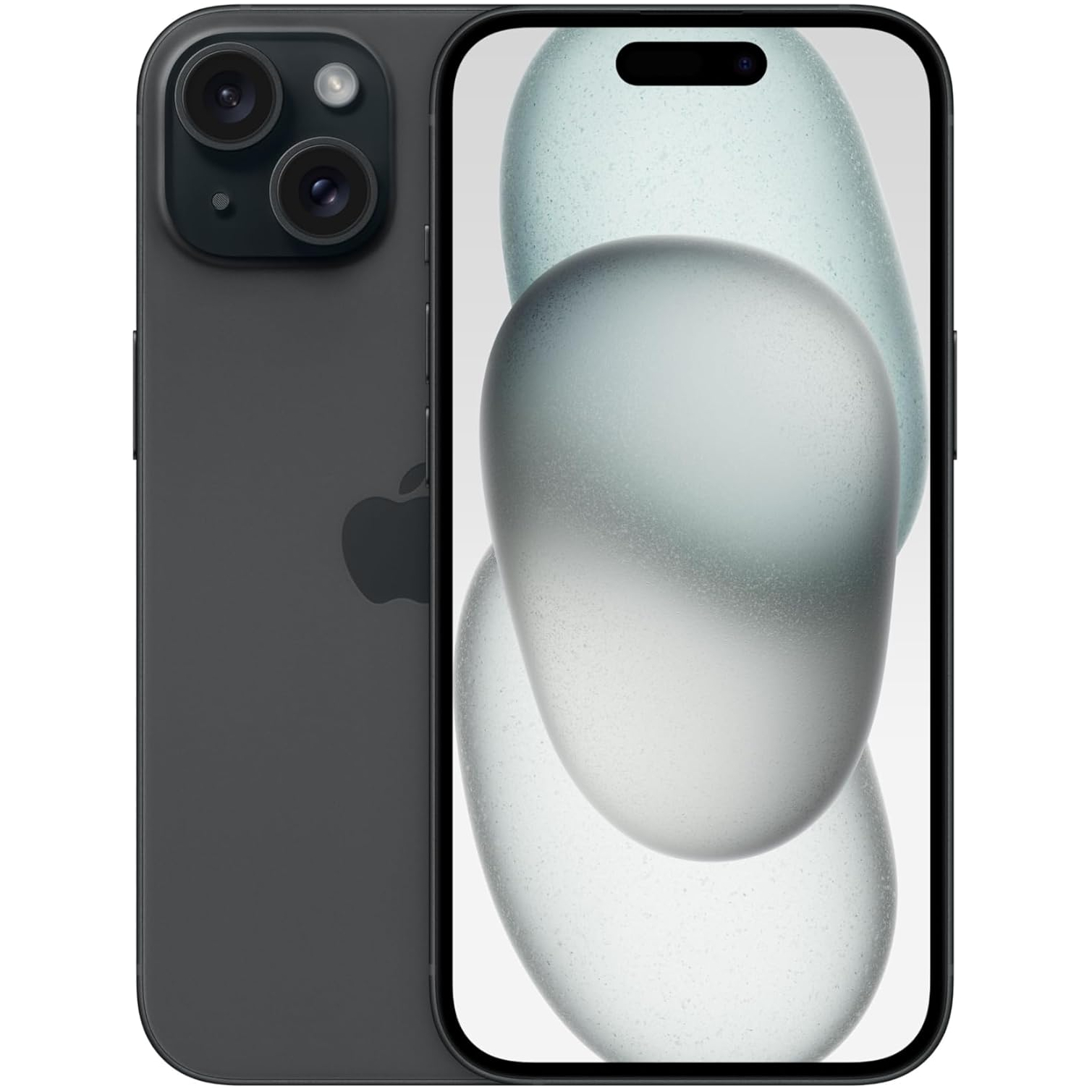
Screen size: 6.1 inches
Chipset: A16 Bionic
Cameras: 48MP main, 12MP ultra-wide
The iPhone 15 represents the biggest generational upgrade for Apple's standard iPhones in years. For a reasonable price, you're getting a superfast A16 Bionic chipset, a USB-C port, a 48MP main camera and the eye-catching Dynamic Island.
Pros
- Dynamic Island retires the notch
- A16 Bionic chipset
- 48MP main camera
Cons
- No zoom lens
- No macro capabilities

Screen size: 6.1 inches
Chipset: A15 Bionic
Cameras: 12MP main, 12MP ultra-wide
The iPhone 14 remains a capable and long-lasting handset for those who aren't interested in the bells and whistles of newer iPhones. Apple's 2022 base model is now cheaper than ever, too.
Pros
- Familiar design and quality build
- Emergency satellite communication
Cons
- The notch remains
- Last-generation A15 Bionic chip
Apple's entire iPhone 15 line is now out in the wild, with the standard model having arrived alongside the iPhone 15 Plus, iPhone 15 Pro and iPhone 15 Pro Max on September 12, 2023.
All four devices are among the best iPhones ever made, and you'll find our full verdict on Apple's latest standard model in our iPhone 15 review. For our thoughts on the other new models, check out our iPhone 15 Plus review, iPhone 15 Pro review, and iPhone 15 Pro Max review.
Our comparative pieces on the iPhone 15 Pro vs iPhone 14 Pro and iPhone 15 Pro vs iPhone 15 Pro Max highlight how Apple’s top-level phones stack up against one another, but in this article, we compare the vanilla iPhone 15 against the vanilla iPhone 14, specifically.
iPhone 15 vs iPhone 14: Specs comparison
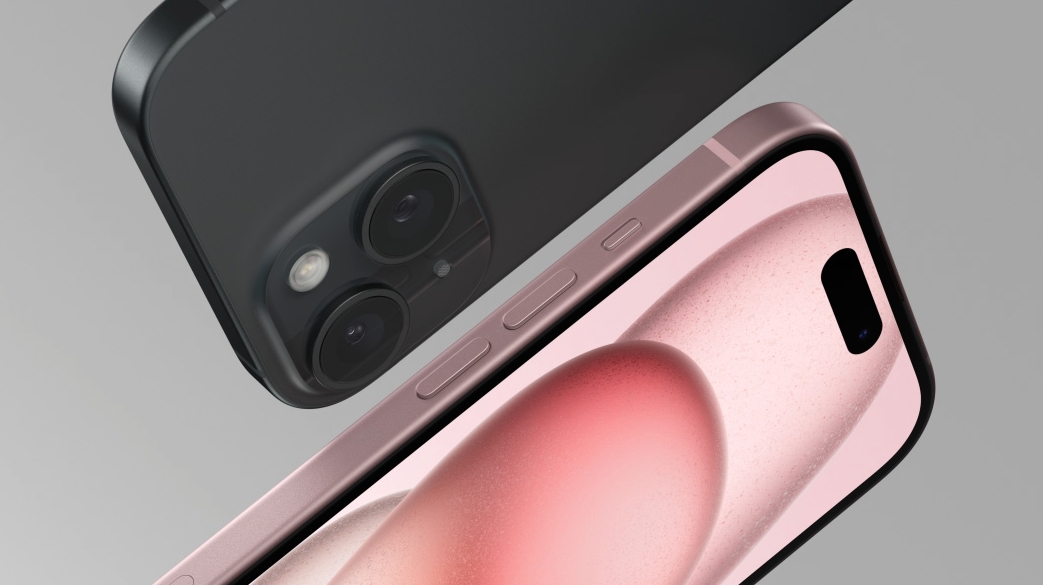
Here's how the key specs of the iPhone 15 and iPhone 14 compare:
| iPhone 15 | iPhone 14 | |
|---|---|---|
| Dimensions: | 147.6 x 71.6 x 7.80 mm | 146.7 x 71.6 x 7.8mm |
| Weight: | 171g | 172g |
| Display: | 6.1-inch Super XDR OLED | 6.1-inch Super XDR OLED |
| Resolution: | 2556 x 1179 pixels | 2532 x 1170 pixels |
| Refresh rate: | 60Hz | 60Hz |
| Chipset: | A16 Bionic | A15 Bionic |
| Rear cameras: | 48MP main (24mm, ƒ/1.78), 12MP ultra-wide (13mm, ƒ/2.2) | 12MP main (26mm, f/1.5), 12MP ultra-wide (13mm, f/2.4) |
| Front camera: | 12MP | 12MP |
| RAM: | 6GB | 6GB |
| Storage: | 128GB, 256GB, 512GB | 128GB, 256GB, 512GB |
iPhone 15 vs iPhone 14: Price and availability
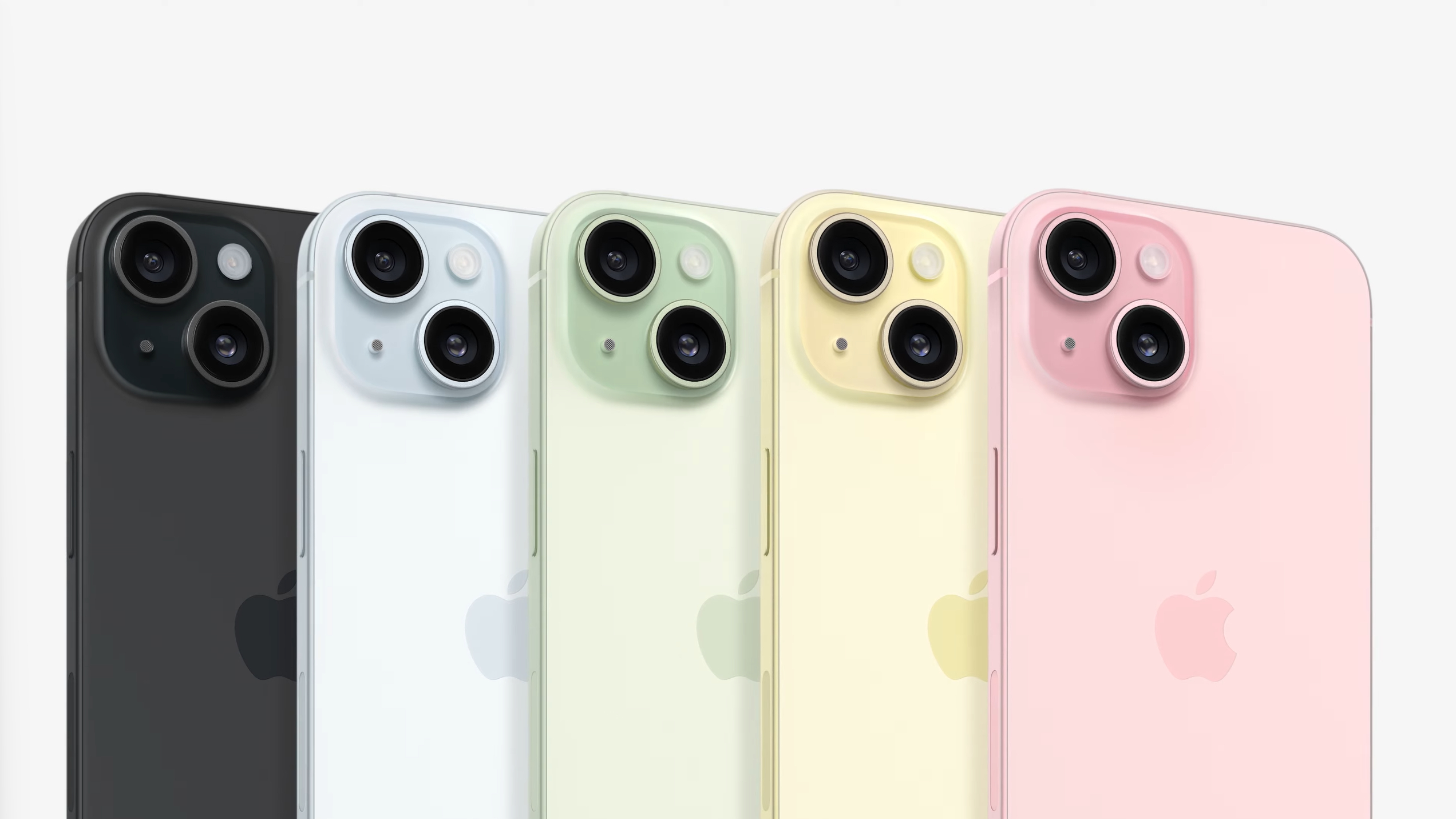
The iPhone 14 was officially unveiled on September 7, 2022, before going on sale on September 16 for the following prices:
- 128GB: $799 / £849 / AU$1,339
- 256GB: $899 / £959 / AU$1,579
- 512GB: $1,099 / £1,179 / AU$1,899
The iPhone 15 was officially unveiled almost a year later, on September 12, 2023, and went on sale on September 15 for the following prices:
- 128GB: $799 / £799 / AU$1,499
- 256GB: $899 / £899 / AU$1,699
- 512GB: $1,099 / £1,099 / AU$2,049
As you can see, iPhone 15 launch prices in the US are identical to iPhone 14 launch prices in the same region, while UK prices are slightly reduced. iPhone 15 launch prices in Australia, though, are a touch higher than their iPhone 14 equivalents.
Sign up for breaking news, reviews, opinion, top tech deals, and more.
Obviously, since the iPhone 14 is now the older phone of the two, you'll likely be able to pick up a new model for less than those aforementioned starting prices. Check out our iPhone 14 deals page for the latest prices, or our iPhone 15 deals page for any early offers on Apple's latest phone.
iPhone 15 vs iPhone 14: Design
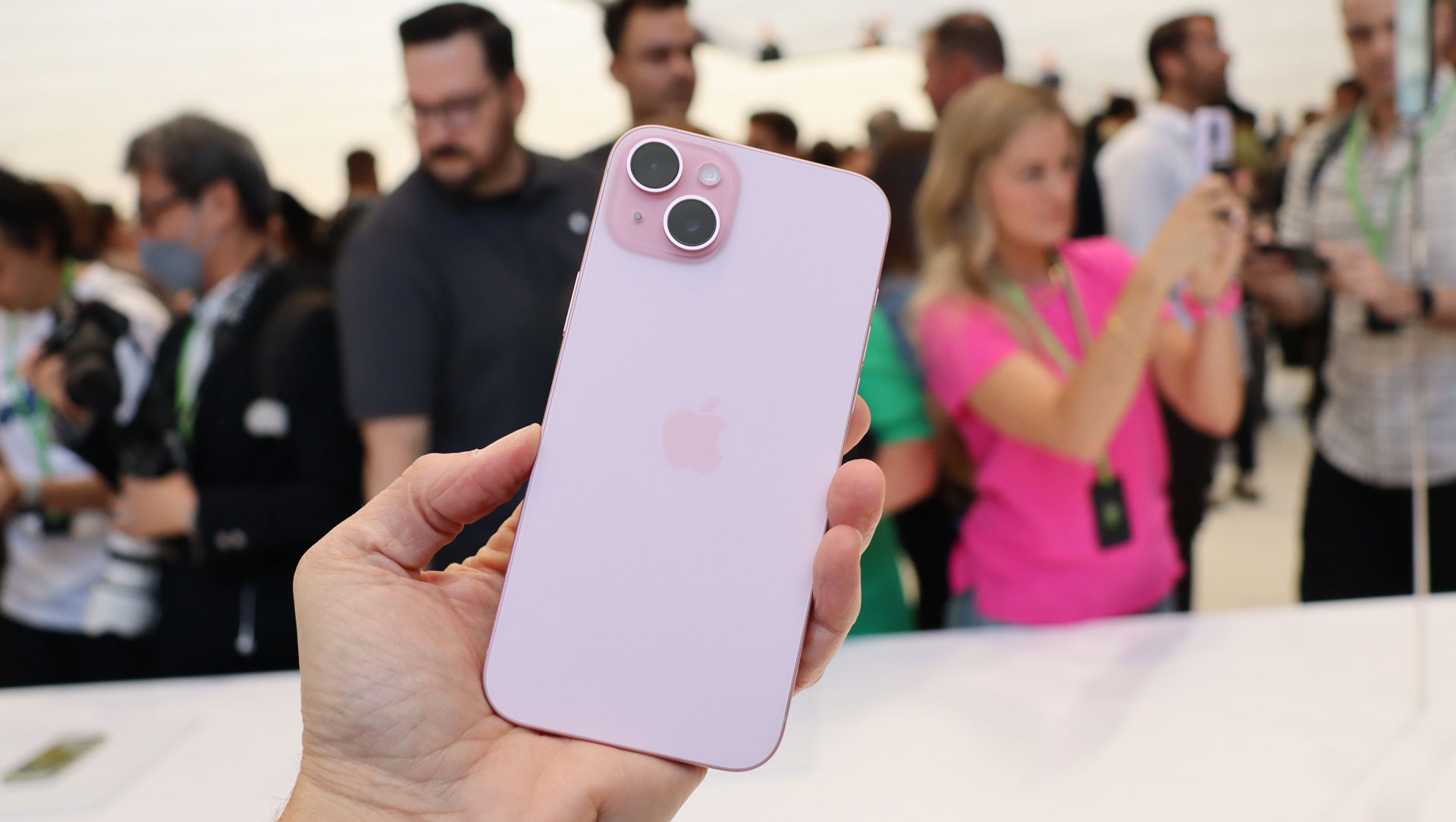
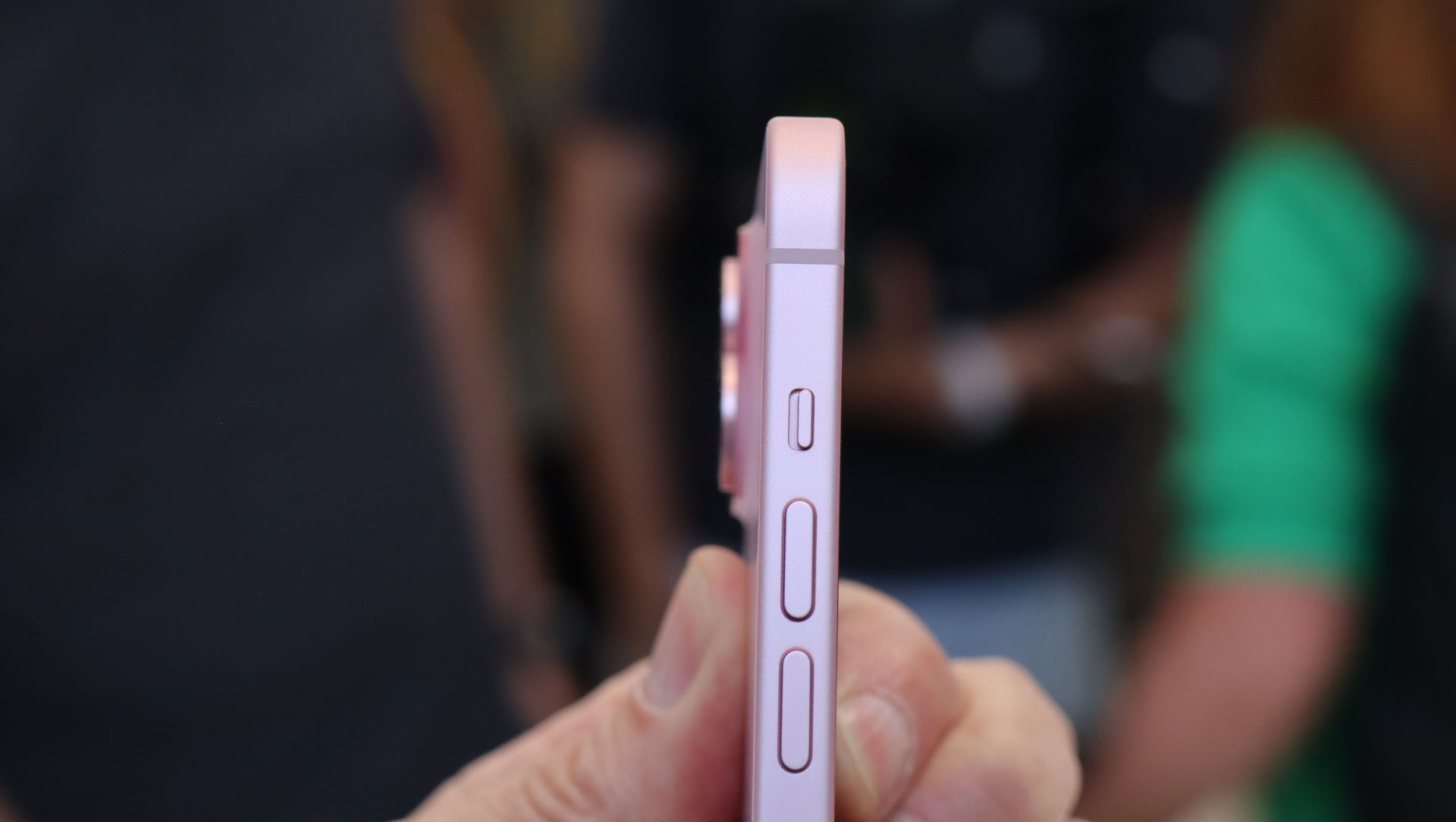
The most significant differences between the iPhone 15 and iPhone 14 come in the design department.
The dimensions and weight of both phones are near enough identical – 147.6 x 71.6 x 7.8mm and 171g for the iPhone 15, and 146.7 x 71.5 x 7.8mm and 172g for the iPhone 14 – but these are two very different-looking devices.
For starters, the iPhone 15 rocks slightly curved edges, where the iPhone 14 maintains the straight-sided aesthetic of the iPhone 12 and iPhone 13. That's not to say the iPhone 15 looks much like the iPhone 11 (i.e. the last Apple phone to get curved sides), mind, but Apple's new device does hit a nice sweet spot between that 2019 handset and its vanilla iPhone 14.
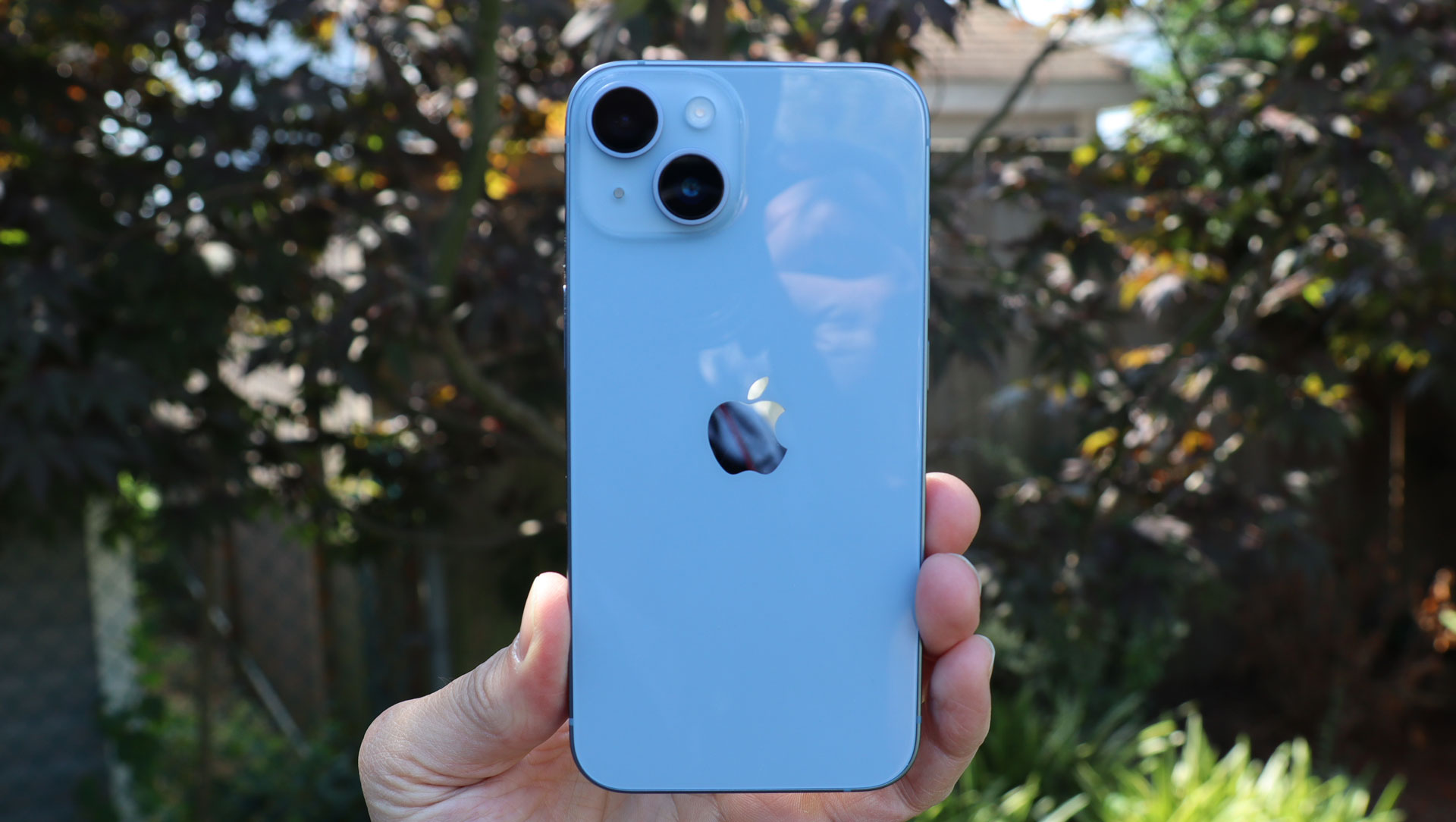

The iPhone 15 gets color-infused glass, too, and is available in either black, blue, green, yellow or pink. The iPhone 14, on the other hand, uses Apple's traditional transparent glass, and is available in either Midnight, Starlight, red, blue, purple or yellow.
The other main design difference between these two phones is the presence of a USB-C port instead of a Lightning port on the iPhone 15. The EU told Apple that it must add USB-C charging ports to all iPhones sold in Europe from 2024, but the company opted to heed that regulation a year early with the iPhone 15 line.
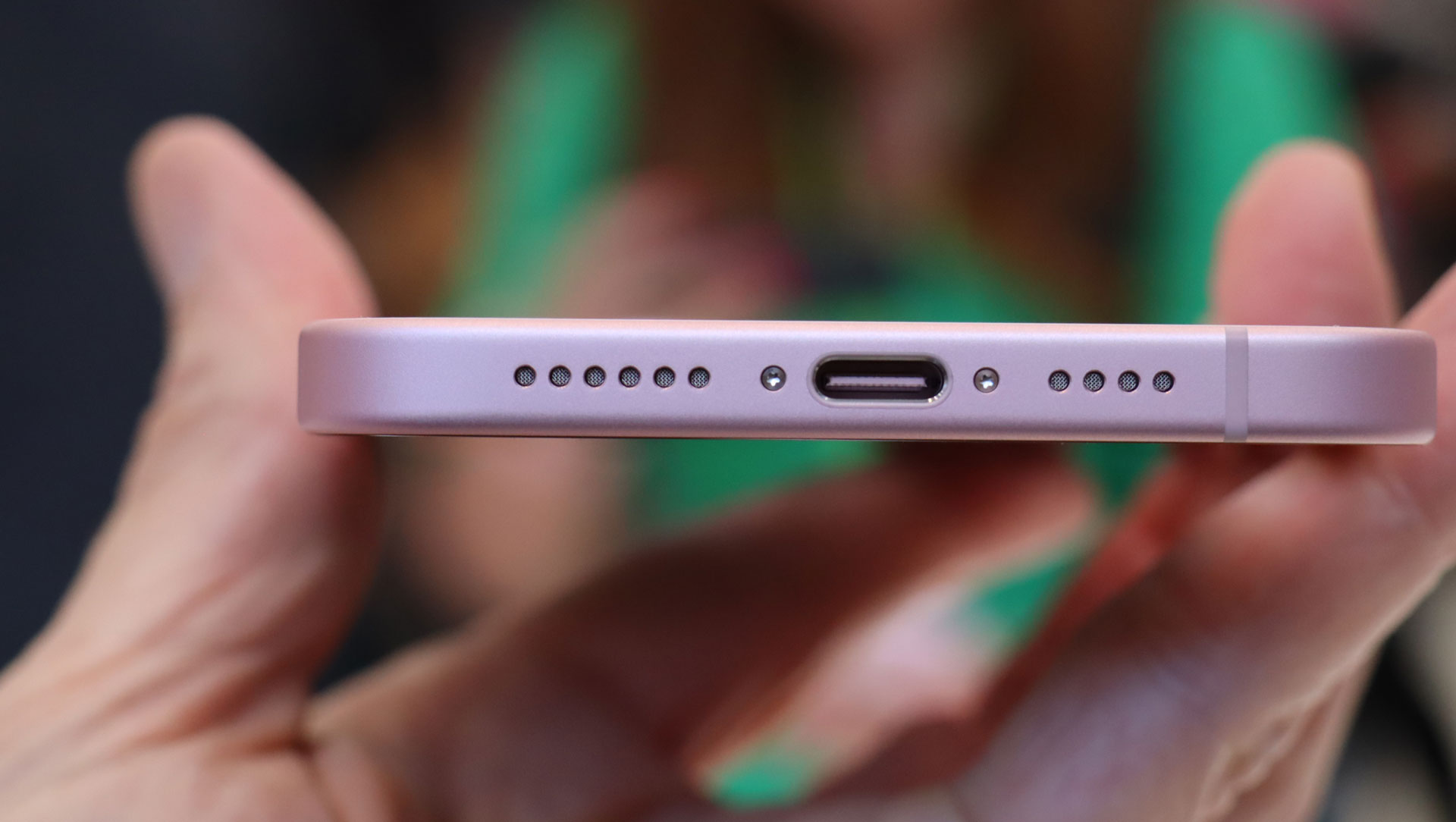

Functionally, though, these ports are identical, with the move to USB-C bringing improved data transfer speeds to the iPhone 15 Pro and iPhone 15 Pro Max, exclusively. The USB-C port on the standard iPhone 15, in contrast, delivers data transfer speeds of just 480 Mbps (i.e. the same as Lightning). Both phones have the same IP68 rating, too, meaning they're dust-proof and water-resistant.
The other headline design features of Apple's iPhone 15 line – titanium sides, thinner bezels, the Action button and so on – are also reserved for its latest Pro phones.
iPhone 15 vs iPhone 14: Display

When it comes to the phone’s displays, the iPhone 15 delivers one major improvement over the iPhone 14.
The latter sports a 6.1-inch Super XDR OLED display that offers a 2532 x 1170 pixel resolution, and the iPhone 15 follows suit (albeit with a different 2556 x 1179 pixel resolution). However, the iPhone 15 inherits the Dynamic Island – Apple’s fancy screen cutout – from the iPhone 14 Pro and iPhone 14 Pro Max, which gives the phone a more premium feel, as well as enhanced functionality.

Beyond the Dynamic Island, though, the iPhone 15’s display is pretty much identical to its predecessor’s. Both the iPhone 14 Pro and iPhone 15 Pro boast adaptive 1-120Hz refresh rate technology (dubbed ProMotion) that automatically adjusts the smoothness of their displays to suit whatever’s happening on-screen, but the iPhone 15 sticks with the iPhone 14’s static 60Hz refresh rate.
iPhone 15 vs iPhone 14: Cameras
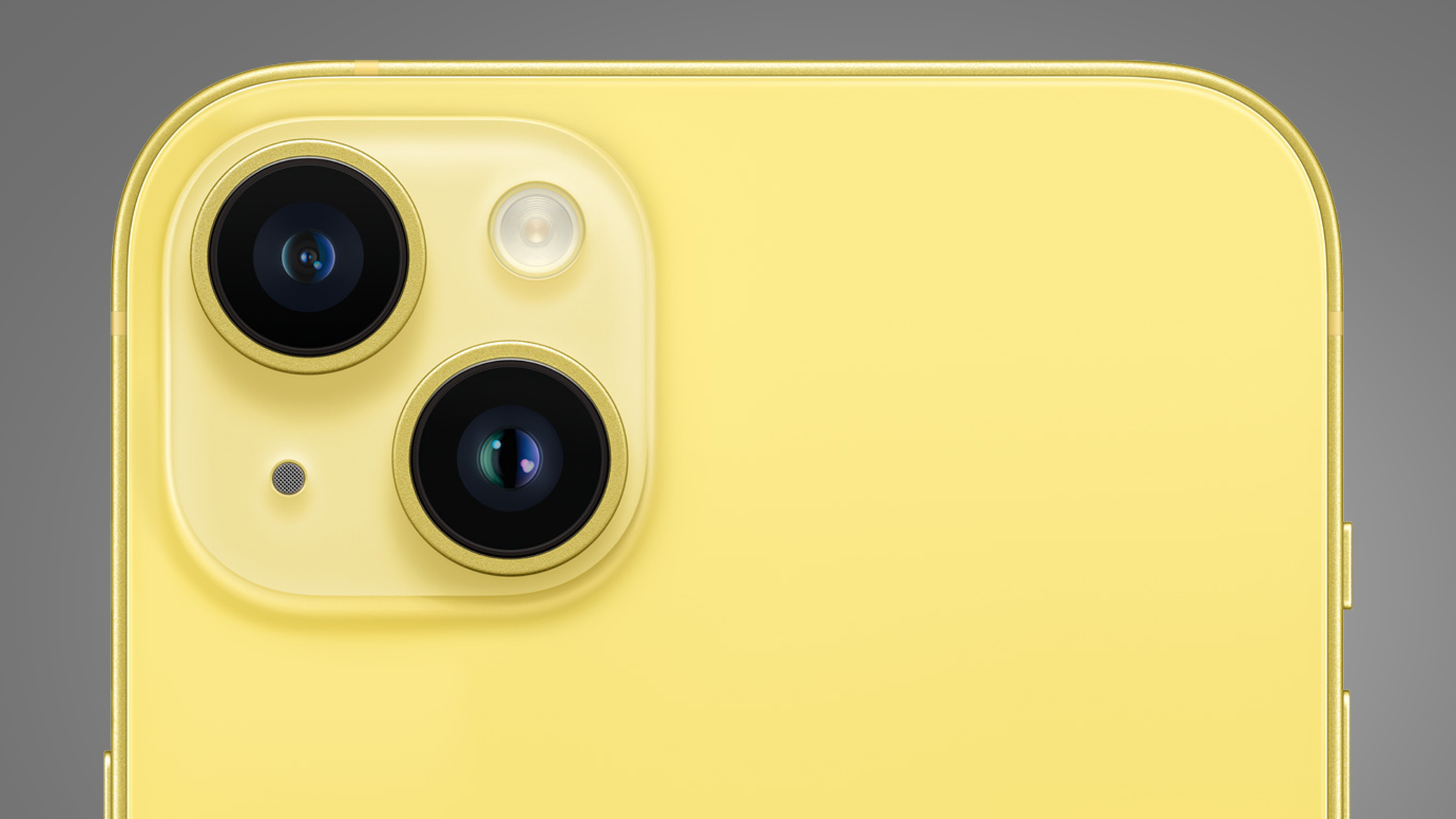
The iPhone 14's rear camera setup comprises the following two lenses: a 12MP main (26mm, f/1.5) and a 12MP ultra-wide (13mm, f/2.4).
Apple's latest standard iPhone likewise gets a dual-sensor camera setup, though the iPhone 15 inherits the 48MP main sensor boasted by the iPhone 14 Pro and iPhone 14 Pro Max, rather than the 12MP main sensor used by the vanilla iPhone 14.

Suffice to say, this is a big plus for the iPhone 15. While the iPhone 14’s cameras are adequate enough for general photography tasks, they’re essentially unchanged from the iPhone 13 (save for the upgraded imaging pipeline powering them). The iPhone 15's 48MP main sensor, on the other hand, introduces pixel binning to the standard iPhone for the first time and, alongside better shooting in all environments – including low light – delivers better quality 2x zoomed shots and portrait photography. Not to mention better stabilization across stills and video.
On the selfie-snapping front, the iPhone 14 and iPhone 15 share the same 12MP selfie camera (as do the iPhone 14 Pro and iPhone 15 Pro, if you're wondering).
Here's how the rear cameras of the iPhone 14 and iPhone 15 compare:
iPhone 14 camera samples


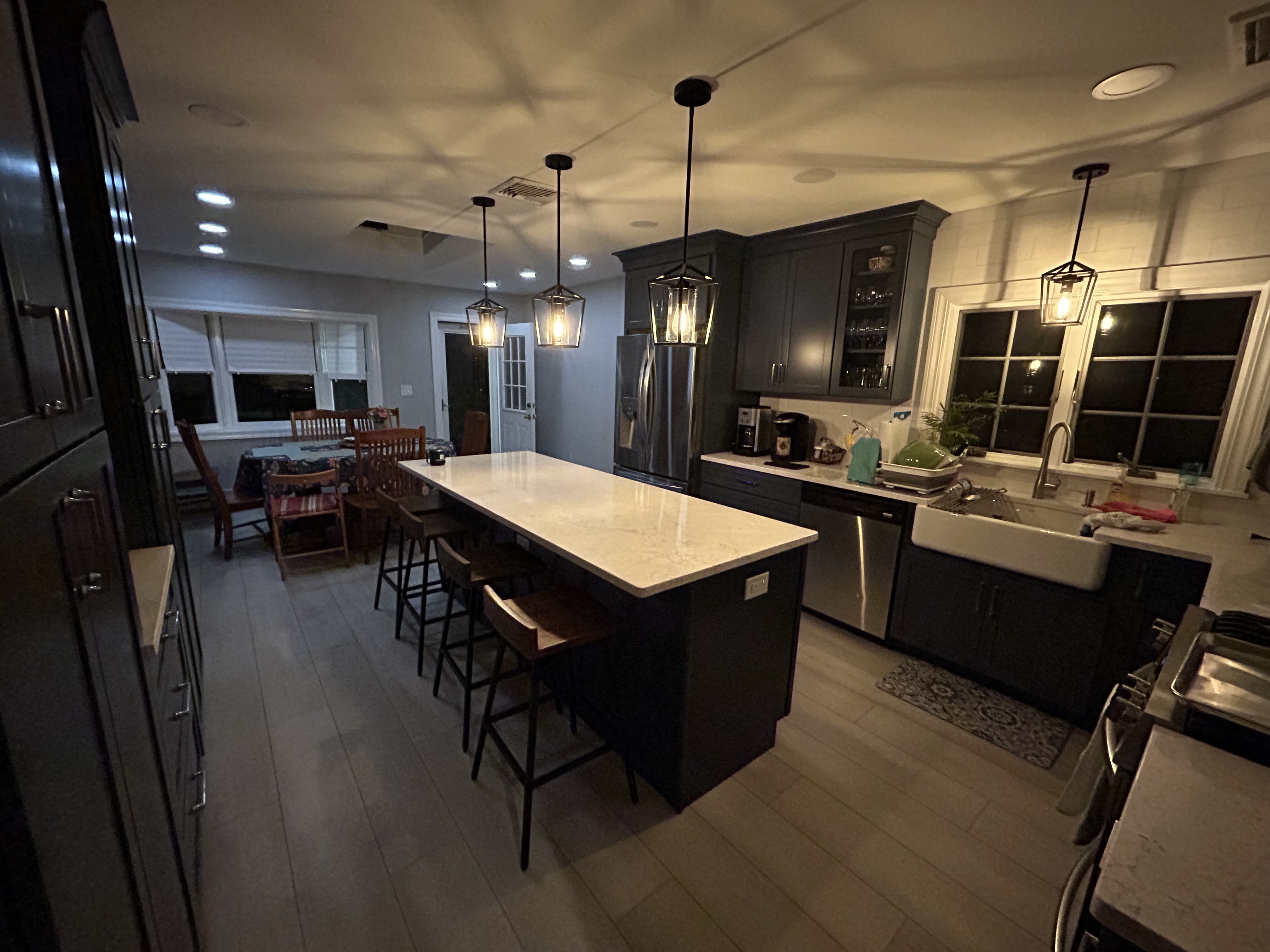








iPhone 15 camera samples









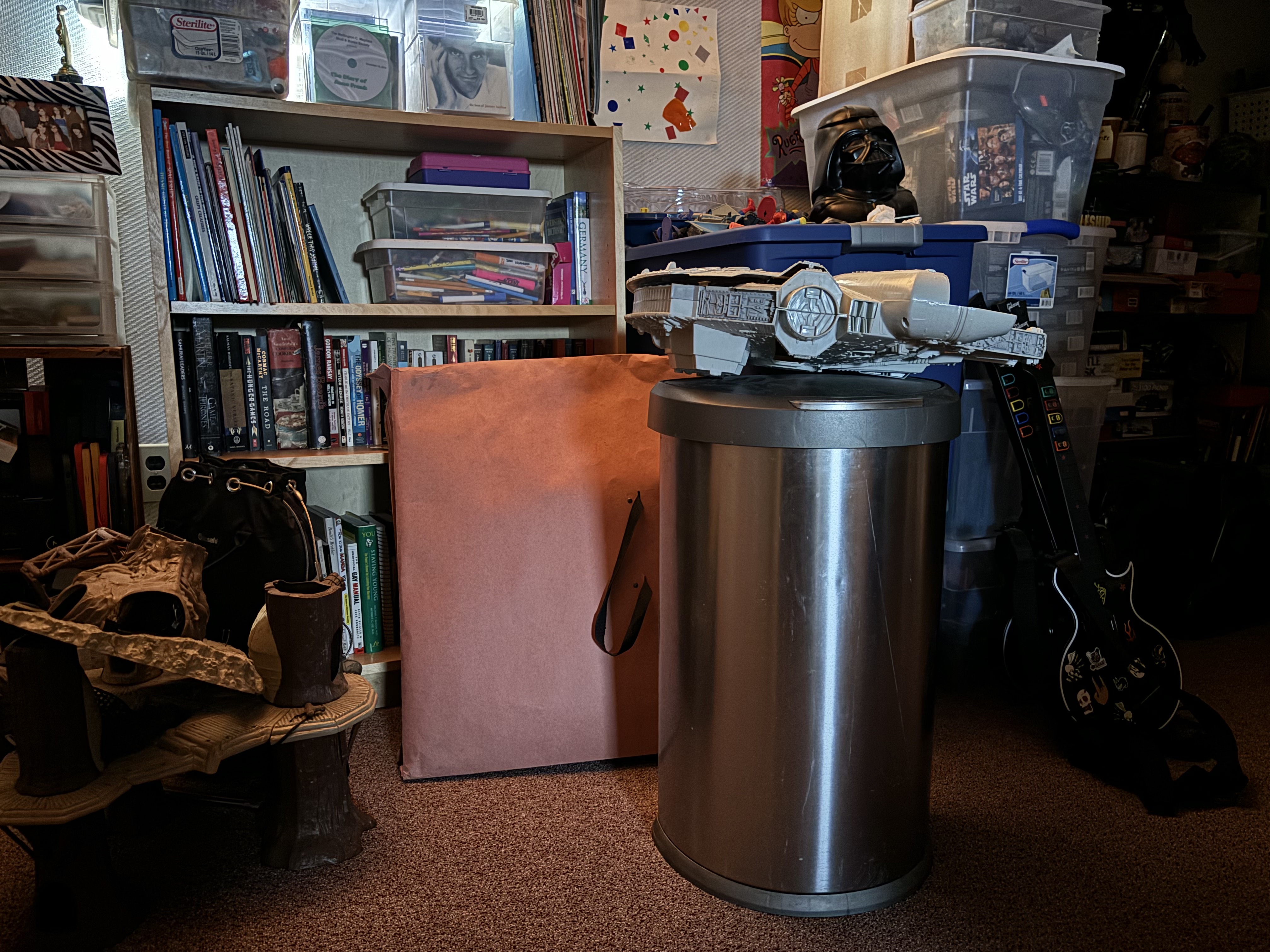
iPhone 15 vs iPhone 14: Performance
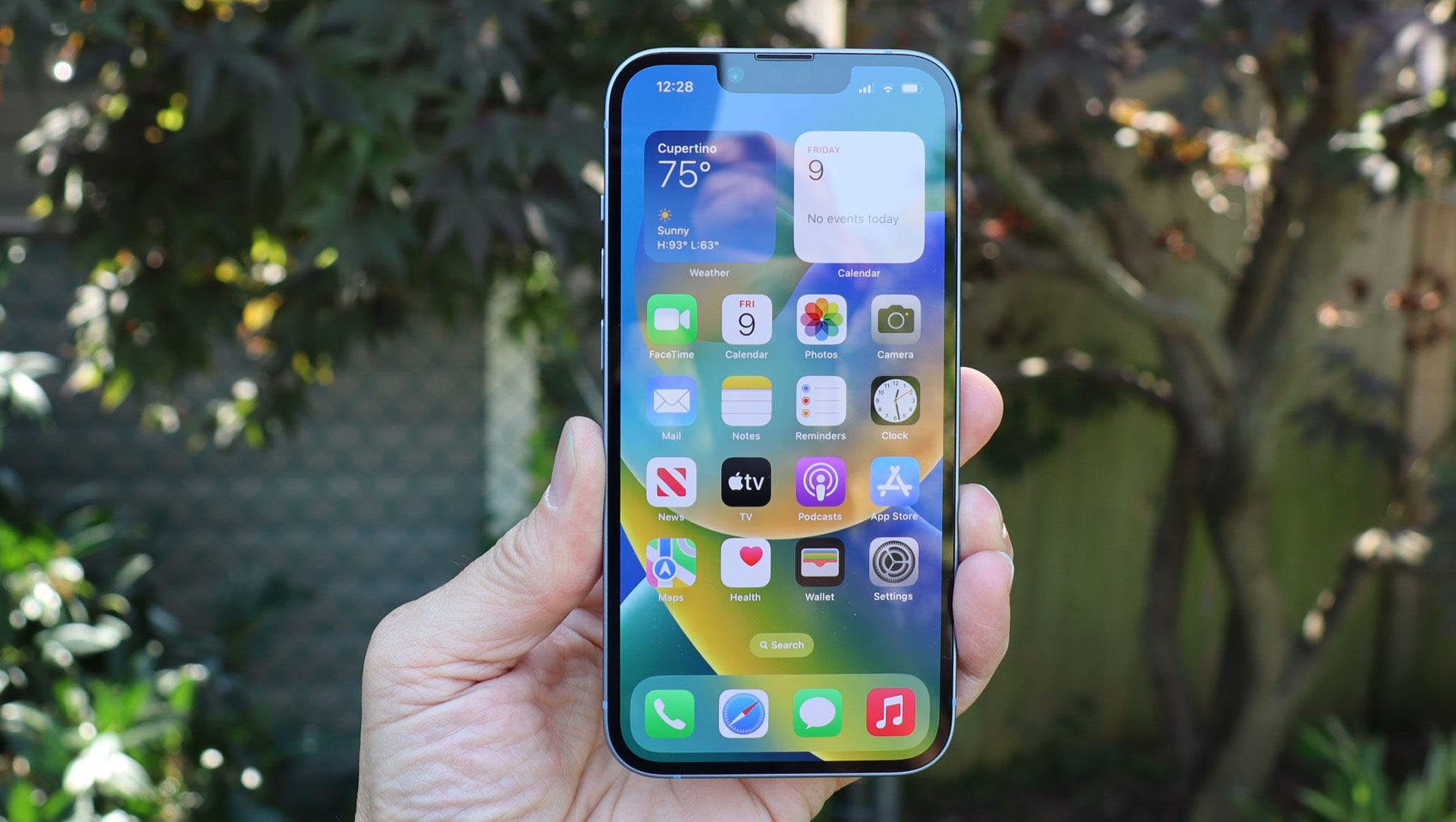
On the performance front, the iPhone 14 uses the 2021 (read: iPhone 13 Pro) version of Apple’s silicon, the A15 Bionic, with the A16 Bionic reserved for its Pro siblings.
The vanilla iPhone 15 similarly benefits from the previous-generation silicon of its Pro-level predecessor, the iPhone 14 Pro (so, the A16 Bionic), which technically makes the device feel snappier than the vanilla iPhone 14, though the latter is certainly no slouch when it comes to performance.
Put another way, the difference in performance between the iPhone 15 and iPhone 14 is comparable to the performance disparity between the iPhone 14 and iPhone 14 Pro. Which isn't all that much.
The iPhone 14 is plenty fast enough for most users – the iPhone 15 simply offers slightly more power under the hood, enabling it to meet the demands of streaming, swiping, snapping and gaming with even more ease.
Storage options are the same for both the iPhone 15 and iPhone 14, with a baseline 128GB option, a 256GB option, and a 512GB at the top of the ladder. Apple doesn't officially reveal RAM specs, but both devices reportedly pack 6GB RAM.
iPhone 15 vs iPhone 14: Battery

Apple doesn't disclose battery specs to the public, but we now know that the iPhone 14 sports a 3,279mAh battery that delivers a full day of use if the phone is used normally for everyday tasks.
We're not likely to learn the actual size of the iPhone 15's battery any time soon, since that phone has only just been released, but in our testing, we found that the device likewise lasted a full day when used casually (though 'full day' in this instance does not mean 24 hours – more like 15 hours).
You'll also be able to charge the iPhone 15 to 50% in 30 minutes (i.e. the same as the iPhone 14), and the phone offers the same 15W and 7.5W wireless charging speeds for MagSafe and the Qi-standard respectively. Interestingly, the iPhone 15 supports the new Qi2 standard for wireless charging, too, which could mean that you'll be able to charge it at 15W using cheaper, non-Apple charging accessories in the near future.
iPhone 15 vs iPhone 14: Verdict
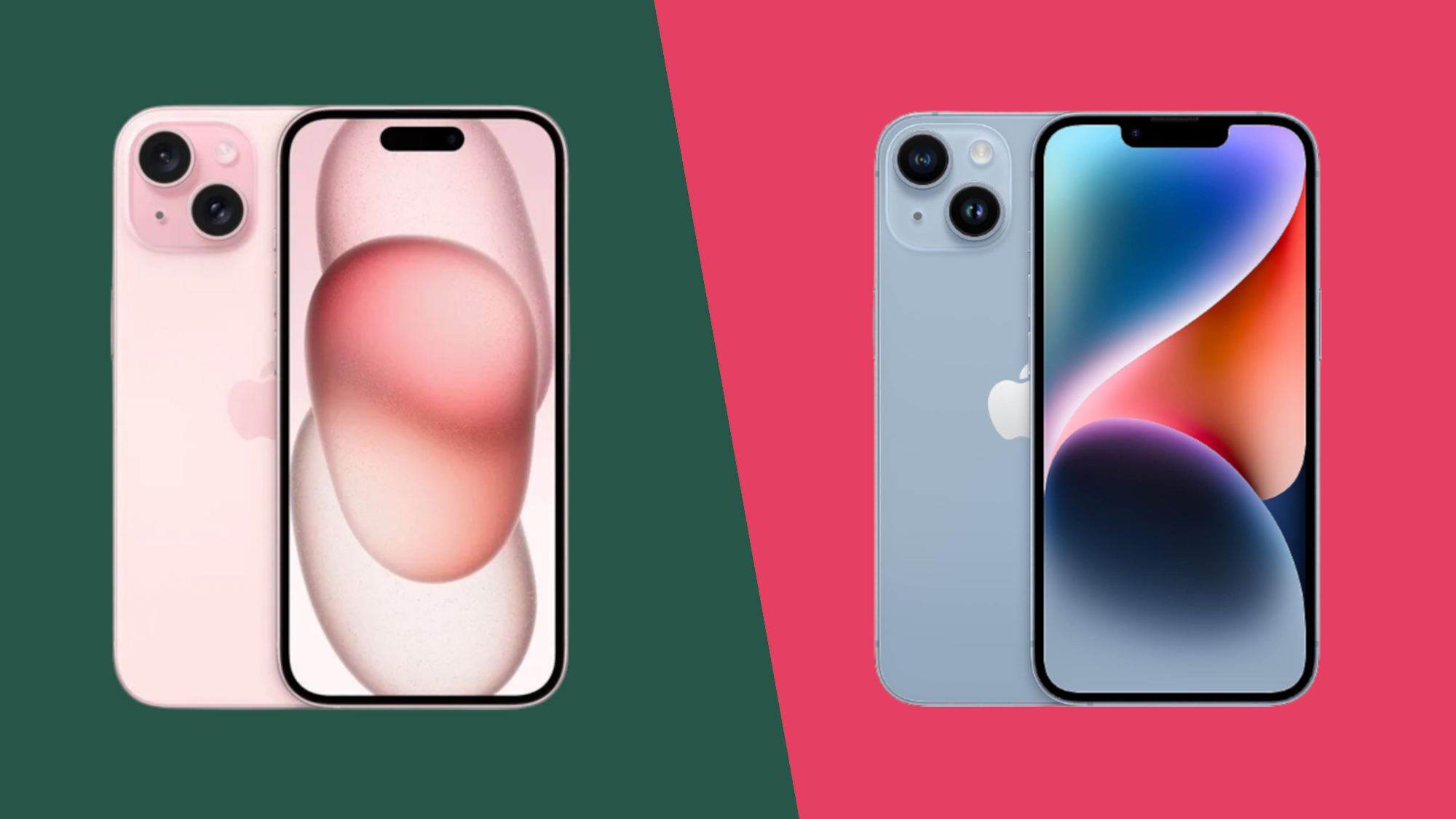
The question of whether you should upgrade to the vanilla iPhone 15 will, of course, depend on both the iPhone you’re currently using and what you look for in a smartphone.
Apple’s vanilla iPhone models are known for being long-lasting, well-equipped devices that definitely don’t need upgrading annually, so if you’re an iPhone 14 owner – or even an iPhone 13 owner – the standard iPhone 15 isn’t a must-have.
To re-cap: the latter phone’s main upgrades are the Dynamic Island, a 48MP camera, a USB-C port and a more premium-feeling design.
As such, if you already own an iPhone 13 or 14, you need only upgrade to the iPhone 15 if you’re a) desperate to make use of Apple’s fancy new screen cutout, or b) in need of a better main iPhone camera. The USB-C port is a nice touch, too.
That said, if any of those scenarios are true, you’re much better off forking out for the iPhone 15 Pro or iPhone 15 Pro Max. Both premium handsets offer more significant design changes and a host of superior camera upgrades, so Apple’s latest vanilla model is once again best suited to those seasoned iPhone fans who value longevity and practicality over expensive bells and whistles.

Axel is TechRadar's Phones Editor, reporting on everything from the latest Apple developments to newest AI breakthroughs as part of the site's Mobile Computing vertical. Having previously written for publications including Esquire and FourFourTwo, Axel is well-versed in the applications of technology beyond the desktop, and his coverage extends from general reporting and analysis to in-depth interviews and opinion.
Axel studied for a degree in English Literature at the University of Warwick before joining TechRadar in 2020, where he earned an NCTJ qualification as part of the company’s inaugural digital training scheme.